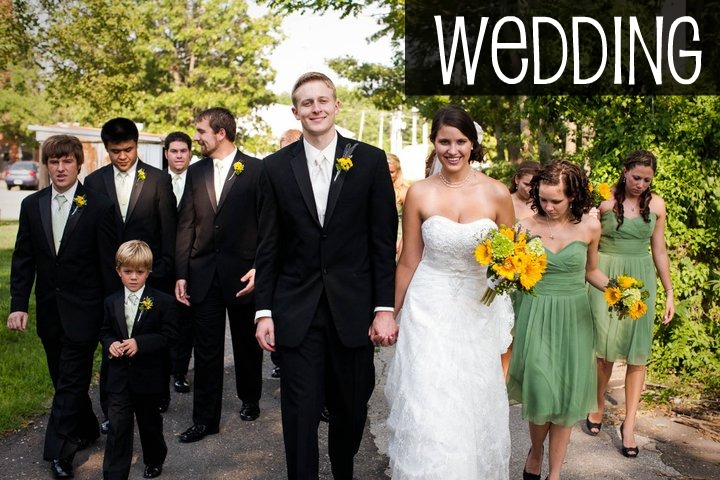Back home, in Midwestern America, I always believed I was surrounded by history: Roads originally carved out by wagons carrying pioneers west. Scars left behind from decades of civil unrest. And memories. Lot’s of memories.
But, for as much history as I was surrounded by, it was just as easily avoided.
And then I came to Germany…
Here, many scars are not yet bandaged. Many memories are not yet reconciled. Everyone, everything has a story.
This revelation came to me not long after de-boarding my plane in Munich (German name: München). I was navigating my way through the Hauptbahnhof (translation: Central Rail Station), awkwardly lugging two-months worth of clothes and essentials.
Then, in the midst of frustration and exhilaration, I caught a glimpse of an older man, sitting solitarily on a bench.
I reasoned he was in his late-70s or early-80s. Nothing that would be attention catching back in America.
Then it hit me: This man didn’t only hear of the war, the division of Germany and the pain of loss through stories re-counted. He lived it.
Throughout the next few days, I was flooded with similar realizations: Here, history lives, breathes and stretches its hand out to every man, woman and child.
After a few days of quiet awareness, the group I am traveling with set out for Cologne (German name: Köln).
In Cologne, the most visible landmark is the “Kölner Dom,” sitting in the middle of the city.
First I noticed the remarkable architecture. Then I noticed that the old building was out-of-place, among hip clothing stores and restaurants. That was kind of strange, I thought. Why aren’t there more historical landmarks?
A quick story: It’s the early 1940s in Northern Germany. Anymore, it seems that midnight air raids are just as common as bedtime stories…
With each raid comes new devastation. The loss of friends and family. The destruction of homes. The sowing of a seed of ever-building fear that next time you wouldn’t be so lucky.
In all, 20,000 civilians were killed. The city was virtually flattened. Post-war, the primary city planner referred to his task as sorting through “world’s greatest heap of debris.”
Yet, among it all, the Dom still stood.
I looked around at the faces of my friends. It was as if we’d all been simultaneously slapped by history.
The pain we felt was both good and bad, in the way that pain often is. It was sad to have such a reminder of the loss and ruination. But it was also empowering to know that history is acknowledged, embraced and learned from.
As I thought ahead to all I would experience in the coming weeks, I knew I was in for the experience of a lifetime.












